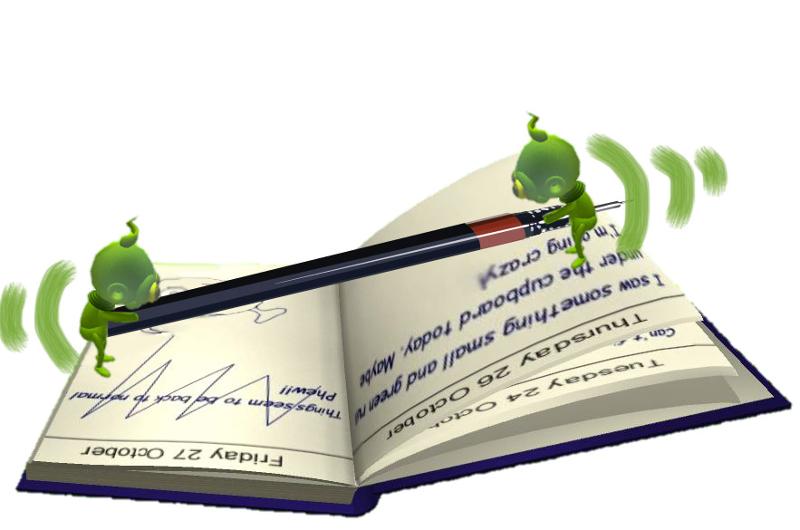Part 1: Characteristics, Elements, and Benefits of Cooperative Learning
What is Cooperative Learning?

A working definition of cooperative learning is the use of small groups through which students work together to maximize their own and each other's learning.
Example: A team-based project where grades are based on the performance of the team.
In contrast, a definition for competitive learning would be: students work against each other in order to achieve an academic goal (such as a high grade) that only one, or very few, of the students can attain.

Examples: Most high school and college classes; grading on a "curve;" class rankings based on GPA.
Finally, there's individualistic learning; students work by themselves to accomplish learning goals unrelated to those of other students.

Example: A self-directed learning project such as investing in stocks.
The differences and similarities between traditional learning and cooperative learning groups can be summarized like this:
|
Traditional Learning Groups |
Cooperative Learning Groups |
|
|
Cooperative learning is a strategy designed to help you maximize your own and other classmates' learning. This strategy makes use of small groups and students working together as a team. The team approach has proven successful not just for learning in college classrooms, but also in the workplace, in community activities, and even in the home. The cooperative learning team uses specific techniques to make sure everyone in the group meets the defined goals. NOBODY gets to slack off, and no member of the group gets stuck with all the work.


